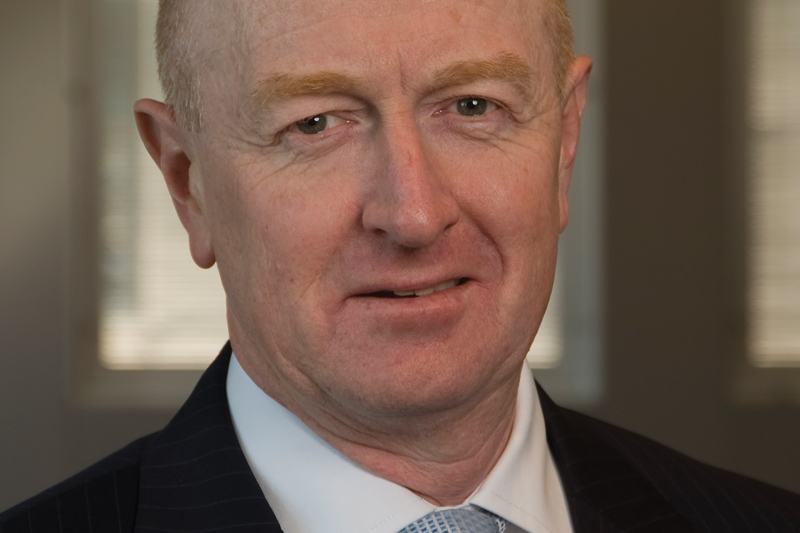Investing.com’s stocks of the week
Investing.com – The Reserve Bank of Australia cut its benchmark interest rate for the first time since April 2009, as slowing global growth threatens the nation’s economy, it announced on Tuesday.
In a statement, the RBA said it was lowering its benchmark interest rat to 4.50% from 4.75%. Analysts had expected the RBA to leave rates steady at 4.75%.
In its accompanying rate statement, the RBA said, “With overall growth moderate, inflation now likely to be close to target and confidence subdued outside the resources sector, the Board concluded that a more neutral stance of monetary policy would now be consistent with achieving sustainable growth and 2%–3% inflation over time.”
The statement continued, “Trade performance is starting to see some effects of a significant slowing in economic activity in Europe, where the prospects are for economic weakness to continue.”
“Commodity prices, while still at high levels, have generally declined over recent months,” the statement said.
“After underlying inflation started to pick up in the first half of the year, recent information suggests the subdued demand conditions and the high exchange rate have contained inflation more recently.”
Following the decision, the Australian dollar was sharply lower against its U.S. counterpart, with AUD/USD tumbling 1.3% to trade at 1.0393.
In a statement, the RBA said it was lowering its benchmark interest rat to 4.50% from 4.75%. Analysts had expected the RBA to leave rates steady at 4.75%.
In its accompanying rate statement, the RBA said, “With overall growth moderate, inflation now likely to be close to target and confidence subdued outside the resources sector, the Board concluded that a more neutral stance of monetary policy would now be consistent with achieving sustainable growth and 2%–3% inflation over time.”
The statement continued, “Trade performance is starting to see some effects of a significant slowing in economic activity in Europe, where the prospects are for economic weakness to continue.”
“Commodity prices, while still at high levels, have generally declined over recent months,” the statement said.
“After underlying inflation started to pick up in the first half of the year, recent information suggests the subdued demand conditions and the high exchange rate have contained inflation more recently.”
Following the decision, the Australian dollar was sharply lower against its U.S. counterpart, with AUD/USD tumbling 1.3% to trade at 1.0393.
